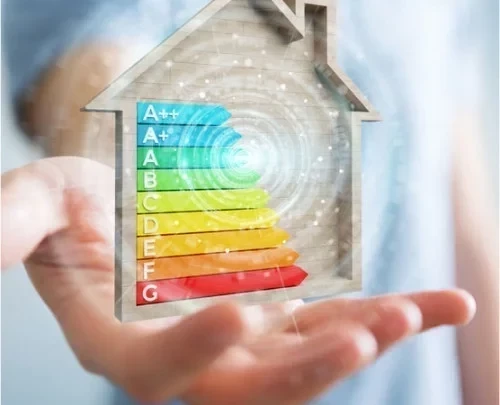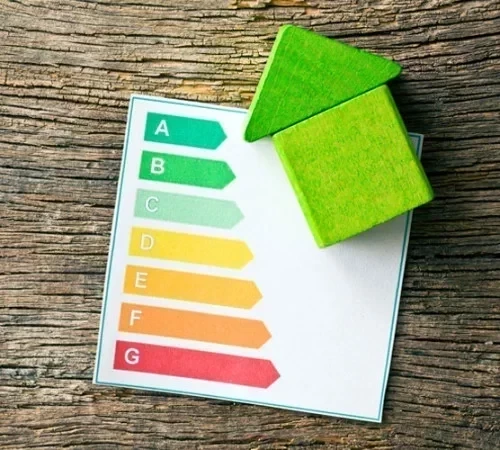So you’re a landlord, a tenant or someone looking to buy a property, you’re already mindful of rising hot water and energy bills across the country, and you’ve now been handed an energy performance certificate. You know very little about display energy certificates and there’s a burning question on your mind – how are energy performance certificates calculated?
Well worry not, because our team of qualified assessors are experts in standards for energy performance and have produced this guide to how energy performance certificates are calculated. We'll also give you a brief rundown on exactly what an energy performance certificate (EPC) actually is and what it means to you.
Read on for more information.

First things first, an energy performance certificate measures the energy efficiency of a building. Each building is given a rating from A (most efficient) to G (least efficient). These reports give people important information about their CO2 emissions and the environmental impact of their energy use.
The reports also give information and guidance on how people can improve their building and home energy efficiency, ultimately improving the efficiency of the property to get a better EPC rating. This could be through improved loft insulation, new light bulbs or a more efficient heating system.

When you get an EPC, you’ll notice you are given a score, or a band.
Energy performance bands are colour coded from the most efficient, A, being dark green, to the least efficient, G, being red. There are seven bands in total on an energy performance certificate, with most homes in England and Wales falling into a D band.
Energy performance certificates are only valid for 10 years, ensuring that reports are conducted regularly to re-band the property. These bandings help buyers or tenants see how energy efficient their future home is.

The inspector will then use an EPC points system to grade your property and come out with an EPC rating. This points system is referred to as SAP – standard assessment procedure - which is where the assessor will give you points for the various elements of your property. Here’s how the points add up and become EPC ratings:
Once the points and EPC rating have been calculated, you will be given an energy performance certificate. This will give you an EPC rating, and also an environmental impact rating.

So now you know what an EPC is, and how they are calculated, it’s time to get one sorted…
We’ve been in the energy performance certificate industry for many years, and have a team of accredited energy assessors who are on hand to help you with all your EPC needs.
Our staff are committed to giving you the best possible service and will be able to offer advice on a range of things – from carbon dioxide emissions to how you can reduce heat loss and improve your home energy efficiency.

We are a leading provider of energy performance certificates and other types of display energy certificates. Our experience means that we are able to specialise in lots of different areas, which is great news for our customers.
You can get an instant quote by clicking here. Alternatively, give us a call on 0203 397 8220 for more information or email us at hello@energyperformancecertificates.co.uk.